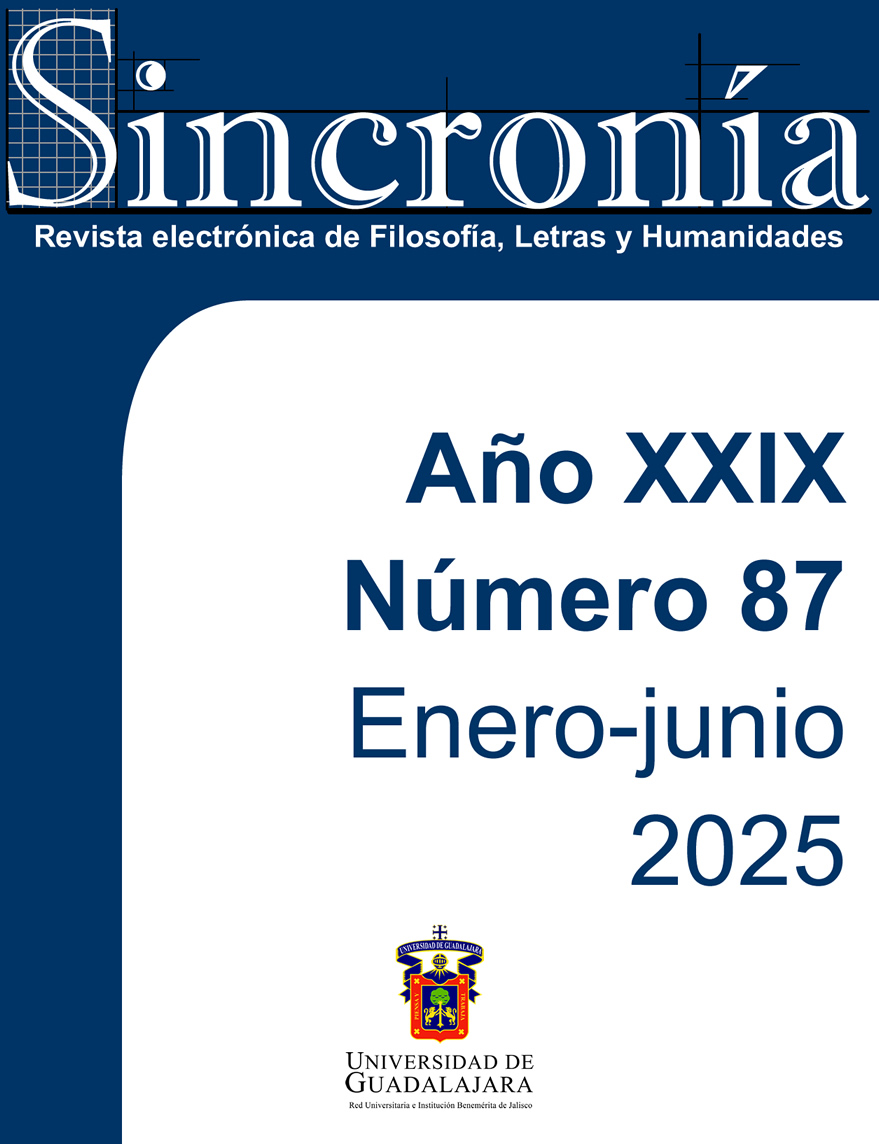Prototypical meaning of prepositions: analysis of the nuclear meaning of by, for, of, to, with, in, from and towards in young people from western Mexico.
Keywords:
Cognitive Grammar. Prototypical meaning. Prepositions. Teaching of Spanish as a Foreign Language.Abstract
Within the framework of cognitive grammar (CG), it is considered that every particle of the language carries a meaning that is in turn pragmatic (Llopis-García, 2011). One of the main concepts in CG is that of the prototype, the nuclear meaning “which is the most representative concept of each category” (Llopis-García, 2011, p.93); according to Navarro-Carrasco (2021), it is the best example that comes to the speaker's mind about a word in the language.
CG is of utmost importance in its use in language classes, since it helps the learner to understand grammatical content by understanding the cognitive process behind the structures. It is natural that the teaching of prepositions becomes a focus of interest for cognitive teachers, as can be seen in works such as that of Jordina Frago (2020) and Martha Jurado (2019), where an attempt is made to implement the prototypical meaning for the teaching of different prepositions.
In this work, we agree on the positive value of implementing GC in ELE classrooms, and we support any attempt to implement it, especially in topics as abstract as prepositions, which are normally limited to teaching memorization, uses and exceptions. But how can we teachers be sure that the prototype we teach is the real prototype that most speakers think of?
That is why we decided to look for the prototype of the prepositions por/para/en/de/a/con/desde/hacia in native university speakers from western Mexico. This work shows the nuclear meanings obtained after the survey.
Downloads
Downloads
Published
How to Cite
Issue
Section
License
Copyright (c) 2024 Arturo Blanco García, Irma Angélica Bañuelos Ávila

This work is licensed under a Creative Commons Attribution-NonCommercial 4.0 International License.
You are free to:
- Share — copy and redistribute the material in any medium or format
- Adapt — remix, transform, and build upon the material
- The licensor cannot revoke these freedoms as long as you follow the license terms.
Under the following terms:
- Attribution — You must give appropriate credit , provide a link to the license, and indicate if changes were made . You may do so in any reasonable manner, but not in any way that suggests the licensor endorses you or your use.
- NonCommercial — You may not use the material for commercial purposes .
- No additional restrictions — You may not apply legal terms or technological measures that legally restrict others from doing anything the license permits.




























